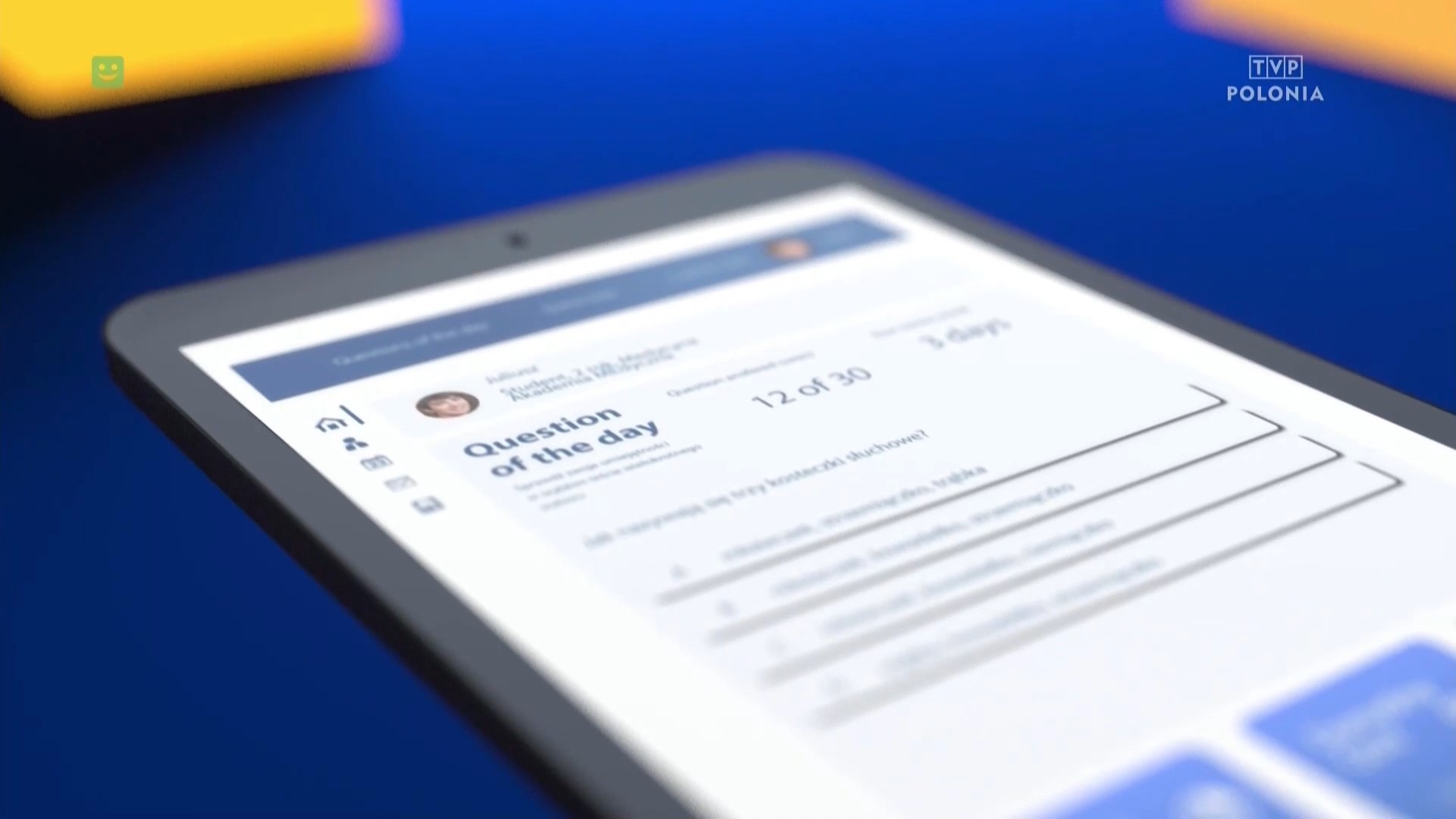While you might think that getting your MD and finally beating the finals is the end of your tough examinations, there is still one more exam that you need to pass before you get your medical license and can freely practice medicine. For students from the United States, that exam is the USMLE – the United States Medical Licensing Examination. The USMLE will test all of your skills and competencies that you have learned through your studies. After passing the USMLE you will receive the medical licensure, which will allow you to apply for a practice permit.
However, how exactly does the USMLE look? What is the format and what questions can you expect? What is the grading system and what is the passing grade? If you are looking for answers to these questions, we hope to help you with this short guide to the United States Medical Licensing Examination.
First things first – the formula of the USMLE
The United States Medical Licensing Examination is broken down into three steps. Each of the steps will look slightly different, testing various areas of knowledge from your medical studies. While you can’t be sure of the exact questions you will face at the USMLE, as the examination committee prepares them every year from scratch, you can definitely benefit from knowing the formula of the exam.
The first two steps are very similar: they are written tests that will each take you a single day to complete. For about 8 hours, you will be taking written exams, divided into seven different components. Prepare for a long session of solving problems and answering questions, as there is only a maximum of 45 minutes of break. Remember to eat a healthy breakfast and sleep well the night before the exam – you will need that energy to stay focused during the USMLE.
Preparing for Step 1 of the USMLE
Each of the seven segments of the USMLE Step 1 will contain up to 40 questions, but the exact number changes every year. That gives you a maximum of 280 questions for the entire Step 1 exam, though the number usually revolves around 250 or less. The questions will all be multiple-choice, so keep in mind that more than one answer might be correct. Also, expect many tricky questions in which all of the answers might seem correct, but one of them clearly stands out. While most questions will be in the Best of Five format, you can expect up to 10 answers to choose from in some of the questions.
At the USMLE’s website, you can find a handy content outline that tells you all of the different areas of medicine that will be checked during the test. Among the various topics, you can find such areas as General Principles of Foundational Science, various systems found in the human body (Immune, Blood & Lymphoreticular, Nervous, Musculoskeletal, Cardiovascular, Respiratory, Gastrointestinal, Renal & Urinary, Reproductive, and Endocrine), as well as other topics, including tissues, behavioral health, pregnancy, social sciences, and more.
In the outline, you can find a useful breakdown of the concepts that will be expected of you to understand. For example, in the case of General Principles, you can notice a further division into biochemistry and molecular biology, biology of cells, human development and genetics, and so on. Using the content outline, you can easily find out all of the different segments of the examination, allowing you to prepare a good study plan and collect your notes. If you’re using QUPI, you can quickly prepare quizzes that will test your knowledge in all of the relevant areas.
The next step – Step 2
Step 2 of the USMLE is very similar in structure to Step 1, as they are both written examinations. Step 2 takes one hour longer to complete, with eight 60-minute segments – one for each of the areas of knowledge you will be tested in. In total, you will spend around 9 hours writing the exam, with only 45 minutes of break time and a short 15-minute-long tutorial. Just like in the case of Step 1, prepare well for the exam session, as it can be quite taxing and you probably won’t get the opportunity to get a lunch break.
Step 2 of the USMLE is divided into two sections – Clinical Knowledge (CK) and Clinical Skills (CS). Step 2 CK contains the written part of the exam, with extended competencies that include physician task specifications, including patient care, physical examination, diagnosis, prognosis, disease prevention, pharmacotherapy, interventions, professionalism, and more. You can expect most of the questions to relate to medicine in general, but you can also encounter tasks from specific areas of medicine, such as surgery, pediatrics, obstetrics and gynecology, as well as psychiatry.
Step 2 CS is a bit different than the written exams you have been used to before. Step 2 CS is a practical examination, during which you will be presented with simulated patient encounters, demanding you to act properly and professionally – just like with a real patient. The exam will take place in a secure area and you will not be allowed to leave before the exam ends, so make sure you use the bathroom and eat breakfast before it begins. The exam will begin with an on-site orientation, during which everything will be explained to you.
After the introduction, each of the graduates will take part in twelve patient encounters, most of which will be simulated, but some can be real cases. Some of these encounters will be non-scored, but you won’t know which ones, making things even more difficult. You will get only 15 minutes per encounter, so work efficiently and think fast. The examiners will remind you whenever there are 5 minutes left on the clock and whenever the encounter is over.
The last stretch – Step 3
With the first two Steps over, you can finally prepare for the last exam that you will have to take to receive a medical license. At this point, you will already have finished a year of residency, as well as passed the two previous Steps. Step 3 takes two days, unlike both of the previous ones, and consists of questions regarding patient management and various ambulatory settings. Step 3 also has a constant number of questions. For the first day – 232 multiple-choice questions, divided into 6 blocks. You will have 60 minutes to complete each block. On the second day, you will face 180 multiple-choice questions, similarly divided into 6 blocks. You will only have 45 minutes to complete each block.
Prepare for the USMLE with QUPI
While the USMLE may sound like a difficult examination to prepare for, it is the last stretch that you will face on your way to becoming a doctor. This is why it is extremely important to carefully revise your material to increase your chances of passing. For precisely that reason, we have created QUPI.
What is QUPI? QUPI is an extensive medical question bank, containing over 10,000 questions. The app is created by medical students for medical students, as we want to give you the ability to create your own personalized quizzes to challenge your knowledge of different areas of medicine. Knowing the exam’s syllabus and requirements, you can prepare your quiz to help you prepare specifically for the USMLE.













